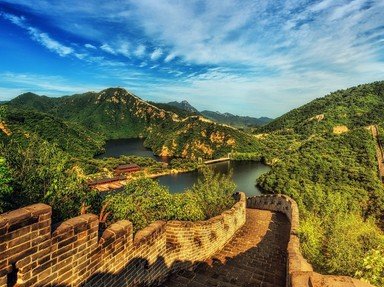
Chinese History - From Imperial Rule to Republic Quiz
From the late 19th century to early 20th century, the weak Qing government was exposed by foreign powers who were dictating the policies of the country. Lost territories and war reparations led to the fall of the Qing dynasty in 1912.
This is a renovated/adopted version of an old quiz by author queenh
A multiple-choice quiz
by sw11.
Estimated time: 3 mins.
- Home
- »
- Quizzes
- »
- History Trivia
- »
- Asian
- »
- China